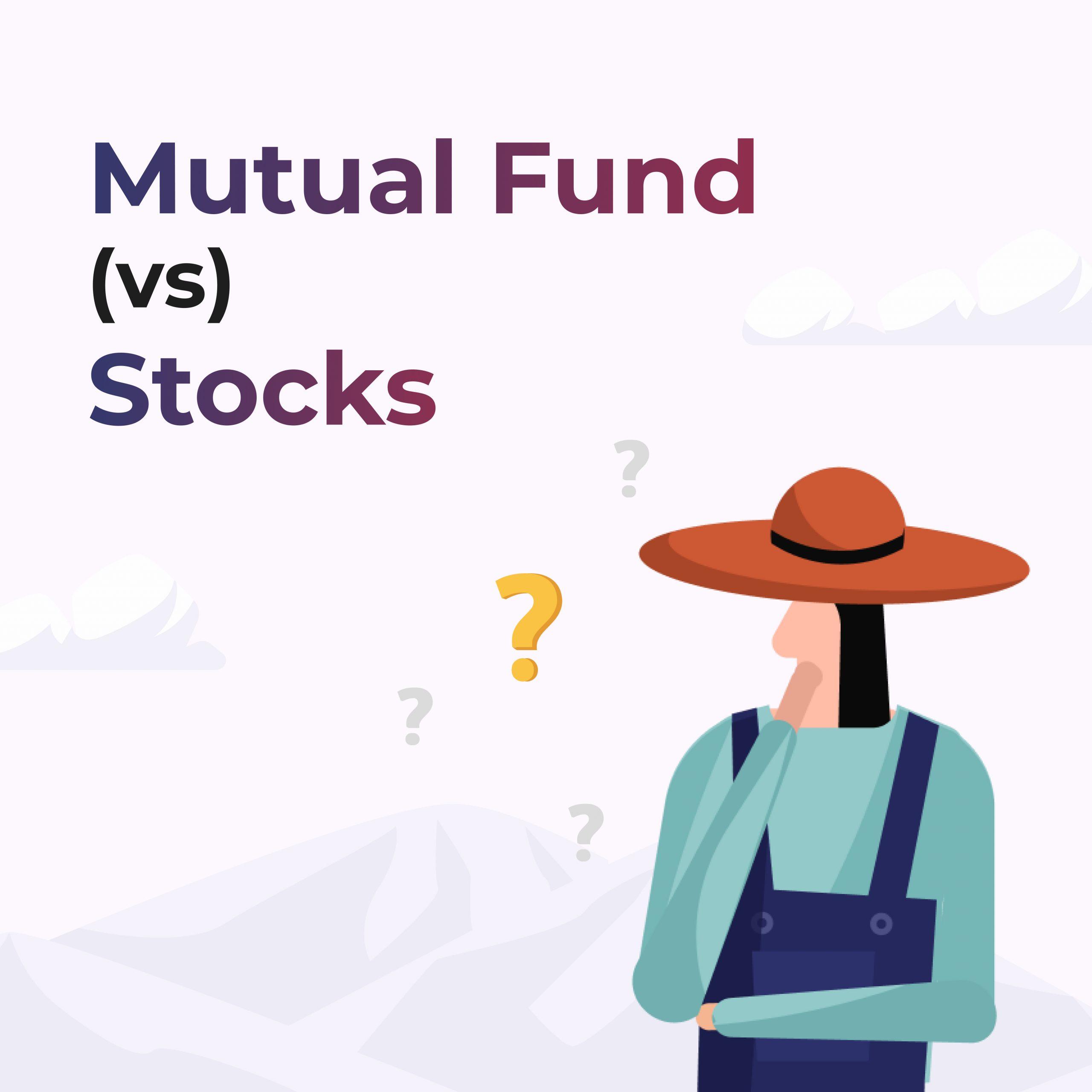In the late 1990s the internet landed like a rocket in Wall Street’s lap. Suddenly everyone believed the web would rewrite the rules of business, forever.
What followed was one of the most spectacular booms and busts in market history.
The Spark: Internet + IPOs + Wild Hopes
The moment came in August 1995 when Netscape Communications Corp. went public. Its shares doubled on Day 1. That told the market: the name “.com” itself could generate value.
From that moment, plenty of companies believed they could skip earnings, ignore profits—they just needed a website, a URL, and a story.
Between 1995 and 2000 the number of internet-related IPOs exploded. Some data points:
- The Nasdaq Composite (heavy in tech/internet stocks) rose from under 1,000 in 1995 to 5,048 by March 10 2000. (Wikipedia)
- Analysts estimate that more than $5 trillion in market value was wiped out when the bubble burst. (International Banker)
- The Nasdaq’s peak was on March 10, 2000. From that peak to the trough in October 2002 the index fell ~78%. (Goldman Sachs)
In short: A new economy arrived. Everyone wanted a piece. The betting got extreme.
Gold Rush Phase: Money Everywhere, Fundamentals No One Asked
What caused the surge?
- Cheap money: Interest rates were low; capital was flowing.
- Hype: The internet was sold as “everything will be online”.
- VC & IPO frenzy: Thousands of startups launched; many had no revenue but massive valuations anyway.
- Retail participation: Ordinary investors jumped in, buying tech stocks because “this time is different”.
Some metrics:
- From early 1995 to March 2000 the internet sector’s public equity returns exceeded 1,000% in some cases. (pages.stern.nyu.edu)
- According to the Corporate Finance Institute, the Nasdaq went from ~751.49 in Jan 1995 to ~5,132.52 by March 2000—an increase of around 582%. (Corporate Finance Institute)
- Margin debt (borrowing to buy stocks) peaked around 2000’s dollars at ~$300 billion (equivalent ~500 billion today). (Modern Wealth Management)
Here’s how the fever pitch looked:
“We’re all going online. This company sells pet supplies via the web? It’s the future.”
Sound ridiculous now? Yes. But then investors bought it—and rewarded the narrative with big money.
Valuations Went Mad
By 2000, the market wasn’t asking “What’s the price-earnings ratio?” The question was “What’s the story?”
Companies with little or no revenue were valued like banks. Stock prices jumped even when the business was still figuring out how to survive.
To give you a sense:
- The Nasdaq’s peak of 5,048 in March 2000 was more than 5× the level of just five years earlier.
- Some tech stocks had P/E (price to earnings) ratios of 200× or more—unheard of for sustainable businesses. (Risk Concern)
- Many IPOs opened with huge first-day gains or floated at high valuations before meaningful profits.
The mindset: Growth at all cost. If you’re losing money today, you’ll make millions tomorrow.
Except many never did.
The Turn: What Went Wrong
Booms don’t last forever. The dot-com era had several under-the-surface cracks:
- Many companies burned cash fast and had no clear path to profit.
- The Federal Reserve raised interest rates around 2000 (tightening money). (Modern Wealth Management)
- Investors began asking tough questions: “How does this business make money?”
- Margin loans, speculative bets and IPOs all started turning into risk.
- Lock-up expirations (once insiders could sell) began, and optimism began to fade. (pages.stern.nyu.edu)
The crash kicked off when the Nasdaq peaked (March 10, 2000). After that the slide started.
Crash Stats
| Metric | Peak | Trough | Approximate Drop |
|---|---|---|---|
| Nasdaq Composite | 5,048 (Mar 10 2000) (Goldman Sachs) | ~1,114 (Oct 9 2002) (Wikipedia) | ~78% down |
| Market Value Lost | — | — | ~$5 trillion + (International Banker) |
When the large tech stocks fell, many smaller companies collapsed entirely. Some examples:
- Pets.com (famous mascot, huge hype) folded within months of its IPO. (encyclopedia.pub)
- Many startups that seemed like legends disappeared into nothing.
The Broader Effect: This Was a Stock-Market Event, Not Just Tech
The dot-com bubble wasn’t confined to a few internet companies it pulled in the whole market.
- The S&P 500 hit a record close of ~1,527.46 in March 2000. (Barron’s)
- After the crash, the S&P lost about half its value by late 2002. (Barron’s)
- The Dow Jones also dropped for several years. The correction dragged the economy into recession in 2001. (Wikipedia)
So this wasn’t a niche event. The technology mania pulled in mainstream markets, investor wealth, and expectations.
Recovery and Lessons: What Survived and What From It We Learn
Recovery took time. For example:
- The Nasdaq didn’t see comparable highs again until April 2015. (Goldman Sachs)
- Many tech survivors: Amazon.com, Inc. evolved into a gigantic business; others vanished.
- Many workers, investors and entrepreneurs learned the hard way: hype doesn’t equal value.
Here are some key lessons:
A) Fundamentals still matter.
Even if you’re building the “next big thing,” revenue, profit, and business model eventually matter.
B) Valuations matter.
The higher you pay, the harder it is to justify. Buying at peak valuations gives little margin for error.
C) Beware the narrative.
When “everyone” believes, the risk is often already baked in. The line between vision and hype becomes thin.
D) Patience is underrated.
Some companies survived because they focused on building real businesses, not just chasing the next IPO.
Why It’s Still Relevant Today
It’s 2025. Tech valuations are high. AI, deep-learning, Web3, and other buzzwords dominate headlines. So the dot-com bubble matters for this reason: history doesn’t repeat exactly—but it rhymes.
- The Shiller CAPE (cyclically adjusted P/E) ratio recently hit levels comparable to 2000. (markets.businessinsider.com)
- Margin debt, speculative flows and hype machine appear again in different form (e.g., crypto, SPACs, AI).
So if you’re investing today, keep one question close: when the story is glowing, what are the numbers saying?
The Human Element
Beyond the charts and data, the dot-com bubble is a story about raw human emotion greed, fear, belief.
When valuations soar because “everyone knows this will work,” that’s when risk is often disguised.
When investors stop asking “How does this make money?” and start thinking “How fast can I make money?”, things get dangerous.
Innovation is powerful. But even disruptive ideas must cross the bridge of business success.
The internet changed everything but it didn’t bestow infinite value on every startup that called itself “.com”.
So as you face the next big wave, remember: great technology doesn’t guarantee great returns but great discipline, business sense and strategy often do.
Understanding the dot-com bubble is not just history it’s a guide to recognising the next one.




